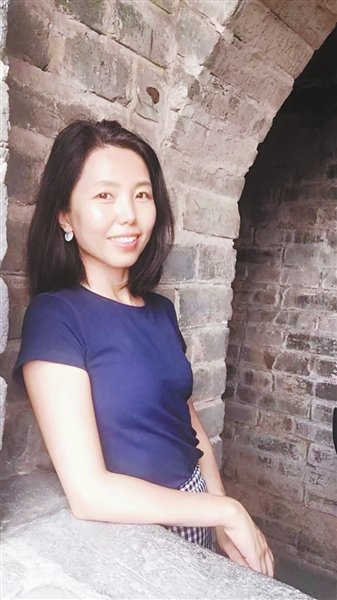■Yang Hua (Chief Editor, Beijing Publishing Center, 21st Century Publishing Group) □Zhao Yixue
□What achievements have the 21st Century Publishing Group achieved in cooperation with German publishers in recent years?
■Our group was one of the earliest Chinese publishers to engage in copyright cooperation with German publishers. As early as 1989, we established a strategic partnership with the Thienemann Publishing House, which has a history of 150 years. This partnership attracted several top German publishers to collaborate with us, leading to the publication of a series of prestigious children’s books. Later, we collaborated with the German Academy for Children’s and Youth Literature to select 16 classic German children’s literature works, which we compiled into the Colorful Raven series (“彩乌鸦”系列), a collection popular among Chinese children.
Due to the diverse themes and extensive catalog of German children’s books we offer, we have undertaken two key initiatives to better adapt to the Chinese market in recent years. First, systematic reading + reading services. The Michael Ende Collection (“米切尔·恩德作品典藏”)was our first project where we created a product line for an author, inviting top teachers to develop comprehensive reading courses. This year, we launched the Colorful Raven World Library series (“彩乌鸦世界文库”系列) , bringing together the most philosophical and thought-provoking German literary works to create the most collect-worthy German children’s literature series. To help Chinese children understand the philosophical and educational value of German children’s literature, we enlisted master teachers from the Yiyue Academy to create customized reading services.
Second, customized reading for the Chinese market. In recent years, we have added hardcover editions, commemorative editions, and various book-related products such as notebooks and canvas bags, offering more choices for the market. Our latest release, the Never-ending Fairy Tales series (“永远讲不完的童话”系列), is a colorfully illustrated edition. To meet the reading preference of Chinese readers, we split it into three volumes, creating a reading gradient from picture books to bridge books and to novels, establishing a complete reading system.
□In April of this year, as the first book of the Cao Wenxuan International Cooperative Picture Book project, Lost (《迷路》) was published in German by 21st Century Publishing Group and Leiv Leipziger Kinderbuch Verlag GmbH. What was the opportunity for this collaboration, and what efforts have been made?
■The Cao Wenxuan Picture Book Library series (“曹文轩绘本馆”系列) is a collaborative project aimed at creating world-class picture books, allowing children to experience cultural collisions and integration through reading. This project is also an important experience in our strategy of bringing original quality works “going out globally”.
In 2019, we signed a project cooperation agreement with Leiv Leipziger Kinderbuch Verlag GmbH. However, the sudden outbreak of the pandemic significantly affected the project’s progress. Due to the advanced age of German illustrator Klaus Ensikat, much of the communication about the manuscript had to go through the publisher’s director, Lehmann, but this communication was greatly hindered by the pandemic. For a long time, we couldn’t get feedback from the illustrator. Finally, with the help of Lehmann and Cai Hongjun, general manager of Hercules Business & Culture GmbH, we managed to keep the project moving forward. In terms of the illustrations, we greatly respected Ensikat’s creative process, giving him ample space and time to work. For the text, we invited German sinologist Martina Hasse to ensure high-quality translation. The German editors also made significant efforts, repeatedly refining the text and making suggestions in line with German linguistic habits.
□In your opinion, what are the advantages of Chinese children’s books compared to German ones? What aspects of German children’s books are worth learning from?
■Germany is one of the first countries in the world to focus on “folktales” and “fairy tales” in children’s literature. I believe German children’s books deeply explore the philosophical aspects of children’s thinking. American philosopher Gareth B. Matthews once pointed out in Philosophy and the Young Child (《哲学与幼童》) that “children are born philosophers”. The most important aspect of growing up is learning to think, and German children’s books inspire children to think more.
Compared to German children’s books, Chinese ones are more diverse and inclusive in subject and content, showing a strong concern for children’s reading education.



